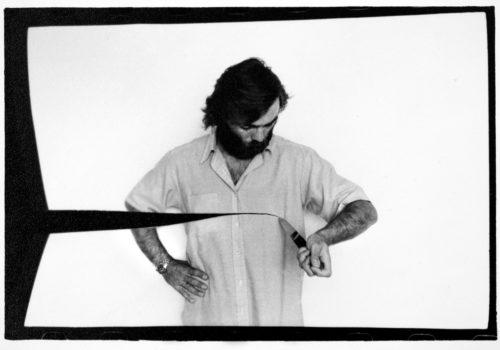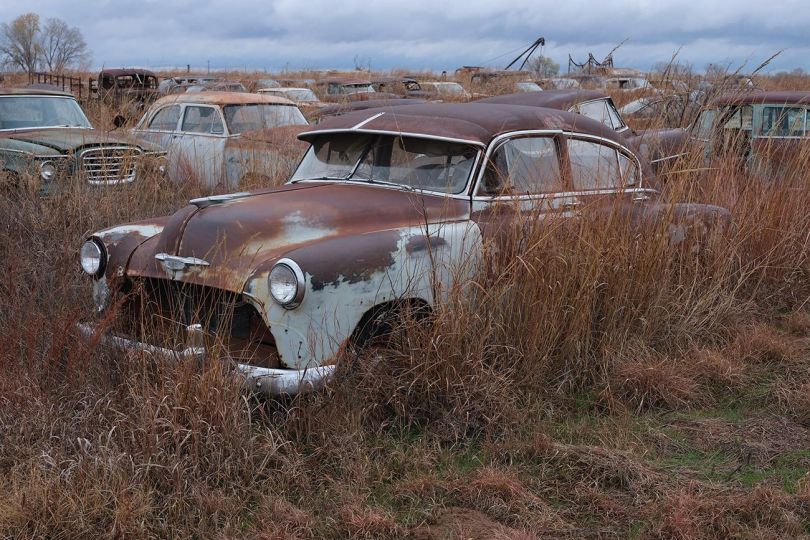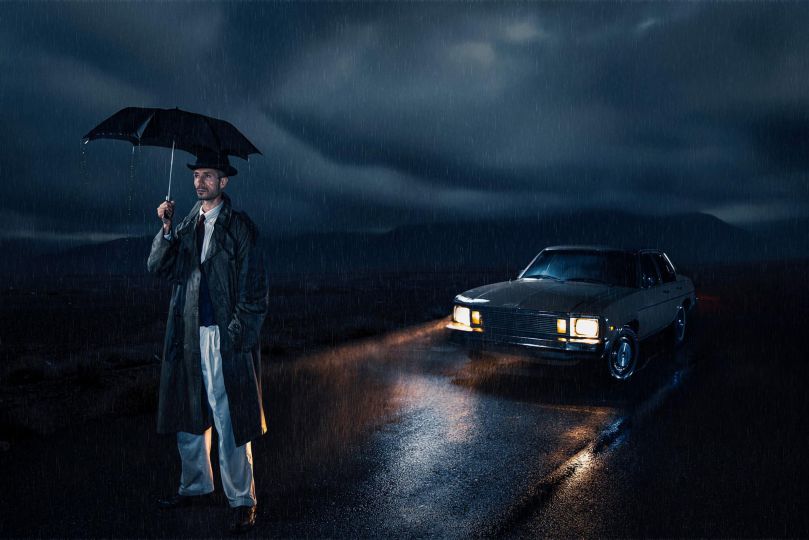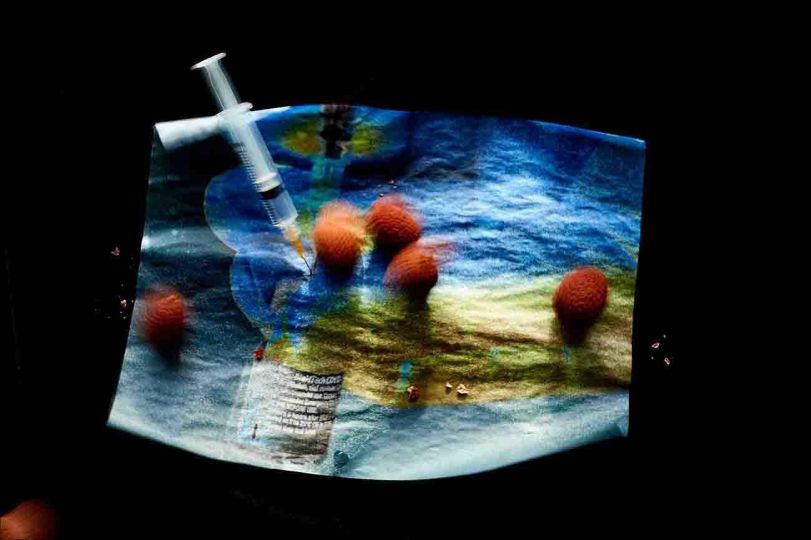THE SUBVERSION OF THE 70s by Coline Olsina
At the turn of the 1970s, a new generation boosted photography. A laboratory of multiple and subversive experiments, this new photography drew its inspiration from the major currents of thought that irrigated society, such as the nouveau roman, psychoanalysis, sexual liberation or even alternative culture. Essentially part of a European and North American dynamic, it appeared as a means of expression suitable for questioning the problems of society while freeing the inner imagination of those who practiced it.
It benefited from technological advances that allowed greater flexibility of use and openness to new horizons, suitable for metamorphoses, fantastic transgressions, theatricality and formal obsessions. Creators questioned photography from the inside, sought to understand its specificity or practiced it as a philosophy of life. Still others within contemporary art questioned it by placing it at the center of their interest. Some young reporters claimed their status as full-fledged authors to express themselves in the press then in full revival.
Photography gradually irrigated the whole of society and began to revolutionize all the arts. A new wave of passionate and inventive creators, with their habits and their meeting places had their moment of ephemeral recognition, participated in their own way in popularizing an artistic practice within the reach of the greatest number. Others, more rare, built a work that installed them in a new market that was structured around galleries and museums.
Thus, photography became in about ten years an ideal counterpoint to the elitism of art, and undoubtedly created the illusion of a practice accessible to all, to a public at the same time popular, young and festive which delighted the crowds, unlike contemporary art which retained the image of an inaccessible art.
This decade, which laid the foundations of photography as we know it today, has never been analyzed as a crucial moment in the history of French photography. It is a question here of restoring the tone and the freedom of the time during which the currents and the various often opposed tendencies exploded in a kind of free and creative fireworks which never happened again.
Colin Olsina
WITH AND DESPITE SCHOOL by Hervé le Goff
Most of them were born in a newfound peace, had grown up without always realizing that they were going through a rather prosperous period with their respected elders that would be remembered as the 30-year post-war boom. The turmoil of 1968 taught them that, established in their immemorial vertical scheme, the transmission of knowledge deserved to be challenged, in the same way as the regime of the Fifth Republic, tired by eleven years of power. While growing up, they surfed on the fallout from of the wave of the European spring of 1968, joined pop festivals, demonstrated against America’s war in Vietnam, gave each other texts by Wilhelm Reich, the Deleuze-Guattari duo, quoted Roland for Barthes, followed a fashion that imposed long hair for boys, tunics and pearls for girls, velvet and flowers for everyone. They also heard the discourse for an open and happy sexuality, radicalized by the arrival of the Homosexual Revolutionary Action Front, its general assemblies on Thursday evenings at the School of Fine Arts. In short, they merged in this decade of all possibilities, carried by pop culture, lulled by vinyl LPs with delirious covers of groups listened to in a loop on the scents of sandalwood and patchouli, sometimes coming down from tripping, based on the resurgent idea of the emancipation of the old world, which feared only the nuclear apocalypse of a cold war, the symptoms of cancer or the sanction of syphilis.
In the midst of this existential effervescence with an appearance of revenge on the influence of school, families and modesty, the practice of photography was inviting for a young public, certainly sensitive to the production of the masters named Cartier- Bresson or Doisneau, but who were seduced by new models from fashion studios, war reporting or the tabloid press, from a whole pantheon of still images from which emerged the ineffable David Hemmings, improvised voyeur photographer of Blow Up by Antonioni. Forgotten was the expert silhouette of the father with a tripod or the uncle at the controls of the Vest Pocket Kodak with bellows: the arrival of Japanese cameras, an accessible alternative to German products Zeiss or Leica which remained expensive, fulfilled the desire of a young generation to seize photography as a mean of expressing themselves and even of existing, without always knowing that their Nikon or their Canon were awakening, forty years later and in other ways, the momentum of the new photography, strong of new masters mostly from the East, stimulated by the opening of dedicated galleries and the emergence of a specialized press, and which, in its time, closed in on pictorialism in its albums. This return to photography, which rubbed shoulders without complexes with painting and cinema, saw the appearance of its own magazines: following the success of Photo by Filipacchi, Photo Magazine, Zoom, Photo Reporter, Contrejour joined in the newsstands the monthly, Le Photographe still looking good after sixty years of publication, since its creation in 1910 by the publisher Paul Montel.
Hervé le Goff
70′ NOUVELLE PHOTOGRAPHIE FRANÇAISE
Contrejour
Carole Naggar, Coline Olsina, Hervé Le Goff and Claude Nori
Format : 24 x 31 cm
244 pages, hardcover
ISBN: 979-10-90294-52-3
Prix : 40 euros
https://www.editions-contrejour.com/project/nouvelle-photographie-francaise-70/
















